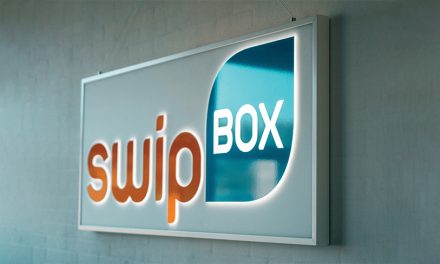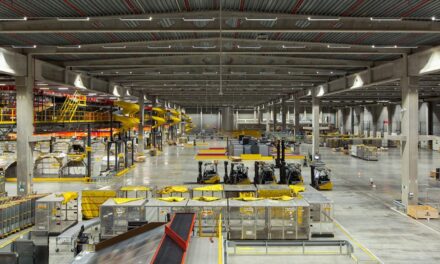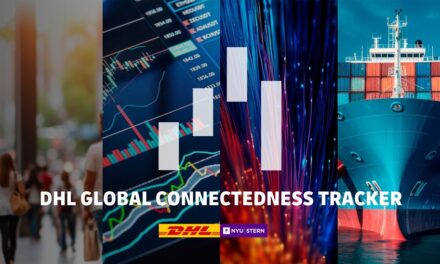
DHL raises ante on RFID
The race to deploy radio-frequency identification technology moved into a new stage. A major carrier has jumped into the mix, which may prompt shippers to take a fresh look at the technology. In June, DHL said it will place RFID tags on all of the more than 1 billion packages it ships annually by 2015, becoming the first major package carrier to commit to a complete RFID rollout by a certain date. "They've made it very clear they're going to spend whatever it takes for RFID," said Bob Berg, RFID manager at DHL Americas. The development generated predictions that DHL's plan will advance the technology's maturation and spur shippers to give it a closer look. "By 2015, RFID will already have established itself as the primary track-and-trace technology," said Jack Grasso, senior director of corporate communications at GS1 U.S., the automated identification standards development and implementation body formerly known as the Uniform Code Council. "There is significant momentum in the industry." DHL, which has been testing RFID since 1998, said shipper requirements from Wal-Mart and German retailer Metro AG helped convince the carrier to adopt the technology. DHL has been using it with Metro AG deliveries for about 18 months. Berg offered no estimate of how many millions of dollars DHL will invest in the information systems, scanners and tags needed to process more than 1 billion packages a year. Berg said DHL has already identified labor savings from not having to scan product bar codes, and said the company expects RFID will help it take the initiative to notify customers of package delivery times. He said RFID will allow a more detailed view of shipments. While most tags will be passive, he said DHL has found active tags helpful in asset tracking and pallet-level movement of goods. "RFID is a natural inventory system," Berg said. Grasso said almost 600 companies worldwide have joined EPCglobal, the organization that formulates RFID technology standards, since it formed in 2003. As RFID spreads, he said businesses and consumers will enjoy "fewer out-of-stocks, fresher produce, safer drugs, effective product recalls – all the things that come from greater visibility in the supply chain, and that will be de-livered through the EPCglobal network." Jeff Woods, research vice president at Gartner, said DHL has been mum on where it will deploy RFID internally. "I think a lot of people would like to know what they think they have there, because a lot of people have looked at these processes and concluded that bar-coding was better," he said. RFID promises increased supply-chain visibility and greater efficiencies, but it has been dogged by questions of cost, reliability and speed. Woods said he expects the new track-and-trace technology to coexist for a long time with older, established bar codes. The systems often work side by side; some vendors market combination bar code and RFID scanners, or embed RFID tags in paper bar code stickers. The two technologies complement each other, Woods said. He said RFID seems to work best in chaotic, randomized business processes, while bar-coding works better in controlled, highly engineered environments. Wal-Mart, for example, wants eventually to use RFID in its hectic stores, Woods said. What internal uses DHL has found in its carefully structured operations remains something of a mystery, he said. With computer technology progressing so fast, some wonder if RFID might itself be superseded by "smart dust" or another track-and-trace contender still in the labs. "There will be additional technologies that come up," Woods said. "But they won't encroach on the use of RFID, just like RFID is not going to encroach that much on the use of bar-coding."












